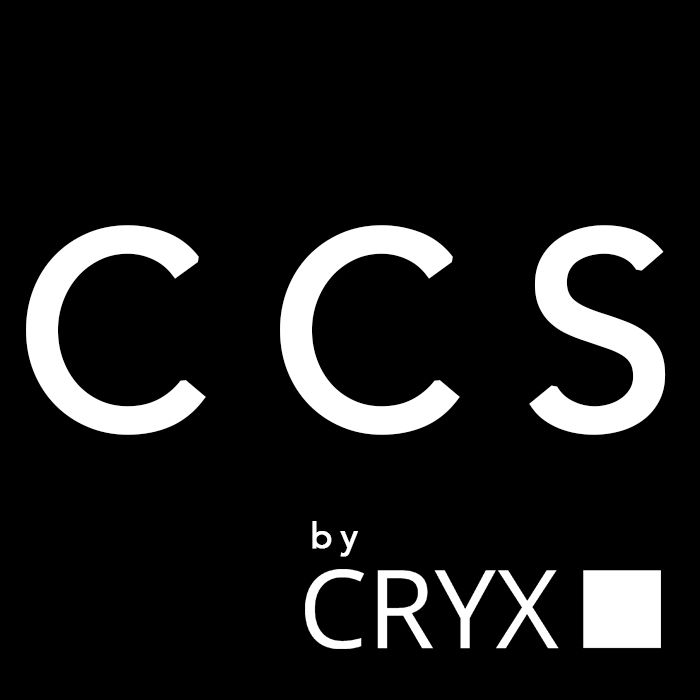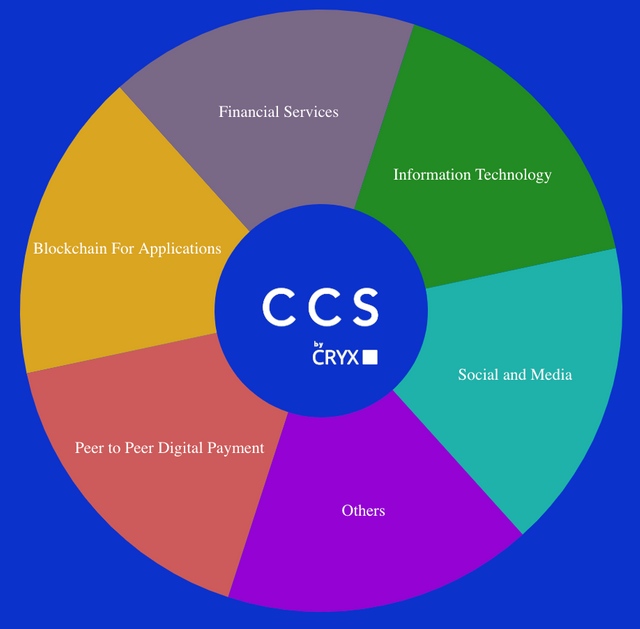
In the financial industry, investment professionals usually use Classification Standards for every kind of asset under their scope. An equity analyst might use the well-known Global Industry Classification Standards (GICS) developed by MSCI and Standard & Poor’s to further inspect about the sector of each equity, as well as the sector repartition of an Index. Portfolio managers are also using the same classification to build their investment strategies, targeting specific sectors and industries or just for allocation and performance analysis purposes.
Cryptocurrencies represent a new asset class in the financial world and the necessity of a classification standard in this case follows the exact same logic as all of the traditional assets traded in financial markets.
A Cryptocurrency Classification Standard was necessary, that’s why CCS was created
The cryptocurrency market is still a relatively new market but is extremely fast-paced. New projects and cryptocurrencies are launched every day and even though they are quite similar in many technical aspects, their purposes and applications are very different.
The CRYX Cryptocurrency Classification Standard (CCS) was recently developed by the CRYX Crypto-Research team in order to segment the cryptocurrency market and help crypto-investors having a better view and understanding of the different kinds of product that are currently available in the market. The other purpose is to deliver some information to help cryptocurrency portfolio managers building and managing specific strategies based on the CRYX classification standard.
The Cryptocurrency Classification Standard (CCS) splits the cryptocurrency market into six different segments

The Peer-to-Peer Digital Payment segment represents all of the cryptocurrencies that have the common goal to become a decentralized digital payment currency (e.g. Bitcoin).
The Blockchain for Applications segment gathers the cryptocurrencies whose main use is on a blockchain platform creating smart contracts and applications (e.g. Ethereum).
The Financial Services segment regroups together all the cryptocurrencies that are used within the Banking and Finance industry (e.g. Ripple). There are also all of the cryptocurrencies used as an investment and/or speculation such as those used for betting (e.g. WeBetCoins).
The Information Technology segment aims to regroup all the cryptocurrencies used on platforms that specialize in data manipulation and computer resources sharing (e.g. CRYX, Stori, Augur).
The Social and Medias segment gathers all of the cryptocurrencies that are used on a social platform and are specialized in a communications and rewards system (e.g. Steam).
The last segment (i.e. Others) regroups all of the remaining cryptocurrencies that do not fit in any of the previous categories. Indeed, a number of cryptocurrencies does not match any of the previous categories because of their distinctive specificities and uses (e.g. Syscoin).
How to use CCS?
The primary use of the CRYX Cryptocurrency Classification Standard (CCS) will be to determine the weight of each category in every single range of indexes that CRYX offers.



The CCS repartition in the CRYX5, CRYX10, and CRYX25 indices is worth mentioning. Indeed, only three of the six segments are actually present (i.e. P2P Digital Payment, Blockchain for Application and Financial Services).


Nevertheless, by digging deeper into the list of coins (i.e. by looking at the CRYX50 and CRYX100, as above), the repartition tends to be more diversified although the three segments mentioned above are still representing the major part of the indexes (>75%).
A future potential use could be to create indices linked to a unique segment, to calculate a certain segment returns for cryptocurrency market analysis purposes, or to simply understand a cryptocurrency purpose at first glance without diving into complex whitepaper analysis.
If you are more interested in the CRYX Project as a whole, feel free to visit the CRYX’s website: cryx.io
LinkedIn: https://www.linkedin.com/company/cryx/
Coins mentioned in post:
Downvoting a post can decrease pending rewards and make it less visible. Common reasons:
Submit